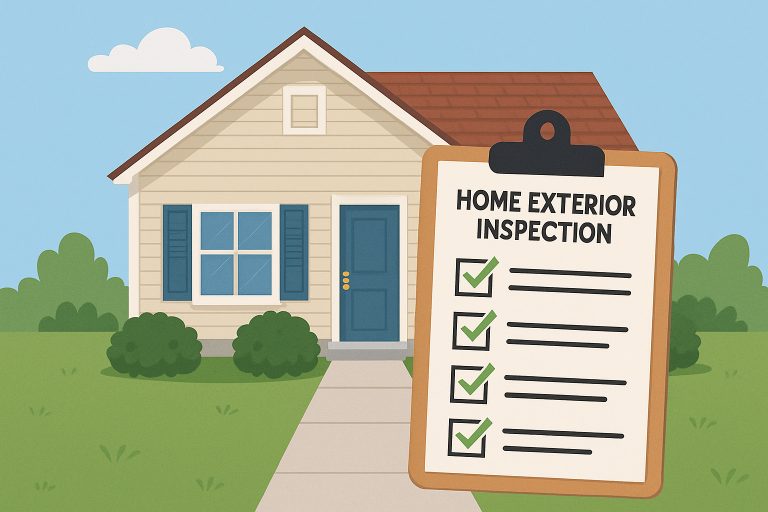A thorough exterior inspection of your home can play a critical role in reducing insurance costs. Insurers often evaluate the condition of a property’s exterior—such as the roof, siding, foundation, and drainage systems—when determining risk and premium rates. By identifying and addressing visible wear, structural issues, or outdated materials, homeowners can present a safer, more resilient property, which may lead to lower insurance premiums over time.
Specific documentation, like a roof certification, can assure insurers by verifying the roof’s condition and expected lifespan. This reduces perceived risk and can be especially beneficial in areas prone to severe weather. Regular exterior maintenance and inspections, supported by proper documentation, demonstrate a proactive approach that aligns with many insurance providers’ expectations for coverage discounts.
Importance of Exterior Inspections
Exterior inspections are an essential part of maintaining a home and can play a significant role in reducing insurance costs. By assessing the condition of roofing, siding, windows, and other structural elements, inspectors can identify vulnerabilities that might lead to future damage. Addressing these issues early preserves the home’s value and signals to insurance providers that the property is well-maintained and has a lower risk.
In some cases, specific assessments like wind mitigation can further support premium reductions by demonstrating how well the home is protected against storms or high winds. Regular inspections create a proactive approach to homeownership and long-term savings.

Key Upgrades That Impact Insurance Premiums
Key exterior upgrades boost your home’s resilience and can lower insurance costs. High-impact renovations after an inspection show insurers you’re committed to a safe, durable property. Here are proven upgrades that can impress insurers and lead to discounts:
- Roof Replacement: Installing impact-resistant or modern roofs can cut insurance costs by about 21%, reduce storm damage, leaks, and collapses, and lower claims.
- Window and Door Reinforcements: Upgrading to impact-resistant windows and reinforced doors provides double protection: reducing storm claims and deterring break-ins. Materials like laminated glass or steel are increasingly needed in vulnerable regions, and insurers often reward these upgrades.
- Updated Siding: Choosing exterior materials impacts durability and insurance. Fiber cement and high-end vinyl resist fire, pests, and rot better than wood. They last longer, have lower repair costs, and can reduce insurance rates. See the external guide for renovation savings data.
Steps to Take After an Inspection
- Review the Inspection Report: Carefully review each recommendation in the report, focusing on repairs or upgrades that directly impact safety and insurability, such as roofing, windows, and doors that provide the greatest risk reduction.
- Consult with Your Insurance Provider: Proactively share your inspection results and planned upgrades with your provider. Ask about discounts and pre-qualification for credits before repairs to identify the most valuable improvements.
- Implement Recommended Upgrades: Use licensed, insured contractors to meet city permits and code. Prioritize high-impact improvements from the inspection report to maximize savings.
- Document All Improvements: Keep organized records of repairs and upgrades, including receipts, before-and-after photos, warranties, and certifications. Submit to your insurer for quick policy reviews and premium adjustments.




